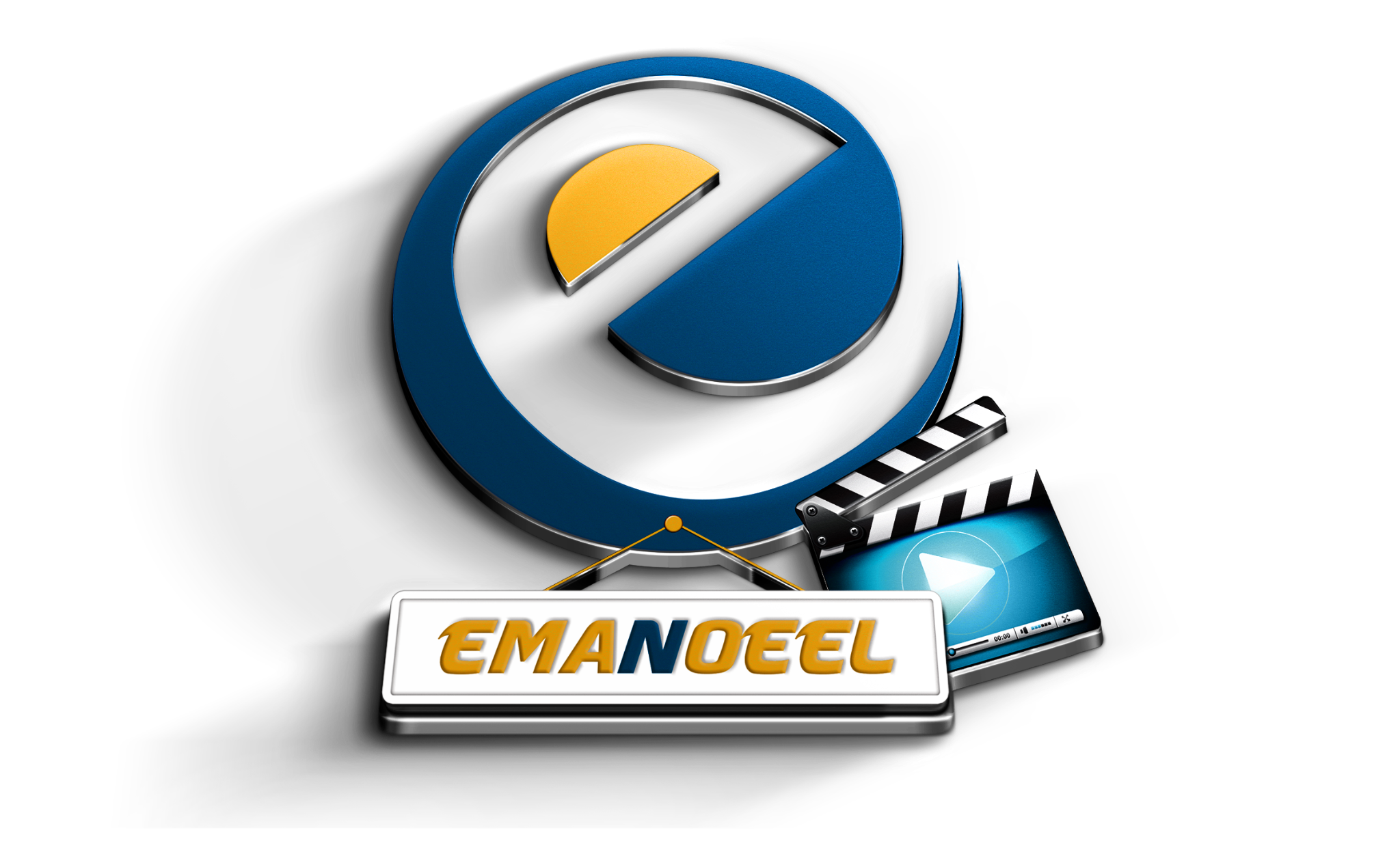Case Studies
Real‑world projects demonstrating how I plan, create and deliver cinematic visuals.
My First Hymn Video (2007)
In 2007, I stumbled upon video editing when a friend let me experiment on his computer. With Ulead VideoStudio and Windows Movie Maker I assembled my first hymn video from images, slides and a simple soundtrack. I had no formal training—everything was trial and error—but the process ignited a passion for storytelling. I learned to arrange shots, sync lyrics and add transitions, and discovered the satisfaction of seeing a concept come to life on screen.
Challenge
As a student without professional tools, I had to work within the limitations of consumer software. I also needed to teach myself the basics of editing and design while balancing studies and personal life.
Solution & Process
I organised my materials—lyrics, images and music—into folders and planned the structure of the video. I cut and sequenced slides to match the rhythm, experimented with transitions and used basic text overlays for titles. Each iteration taught me something new, from timing cuts on the beat to choosing fonts that complemented the mood of the hymn.
Outcome
The finished video was broadcast on a local channel. It wasn’t perfect, but it demonstrated what was possible with creativity and persistence. This project laid the foundation for my career in editing and inspired me to keep improving.
Cinematic AI Backdrop for Stage
Recently I embraced generative AI tools to create a backdrop for a live stage production. The project required a seamless 7‑metre‑by‑4‑metre LED screen loop that evoked an ancient city. I used AI video models to generate high‑resolution footage of stone walls, soft lighting and atmospheric dust, then edited the sequences to match the pacing of the performance.
Challenge
Traditional rendering would have taken days and required complex 3D modelling. I needed a faster way to produce realistic backgrounds that could be easily adjusted to fit the show’s timing and mood.
Solution & Process
Leveraging tools such as Sora and Veo, I generated multiple variations of the scene at different times of day. I selected the best clips, stitched them seamlessly and colour‑matched the tones for continuity. Fine‑tuning involved stabilising the footage, reducing noise and adjusting brightness to complement the stage lighting. The AI tools made it possible to iterate quickly and focus on the creative aspects rather than technical limitations.
Outcome
The final backdrop captivated the audience and immersed them in the setting without distracting from the performers. The project demonstrated how AI can extend an editor’s capabilities, making it feasible to create cinematic environments on a tight deadline.
These case studies illustrate how passion, resourcefulness and new technologies combine to produce compelling visuals. Each project taught me something new and helped refine my workflow for future challenges.

